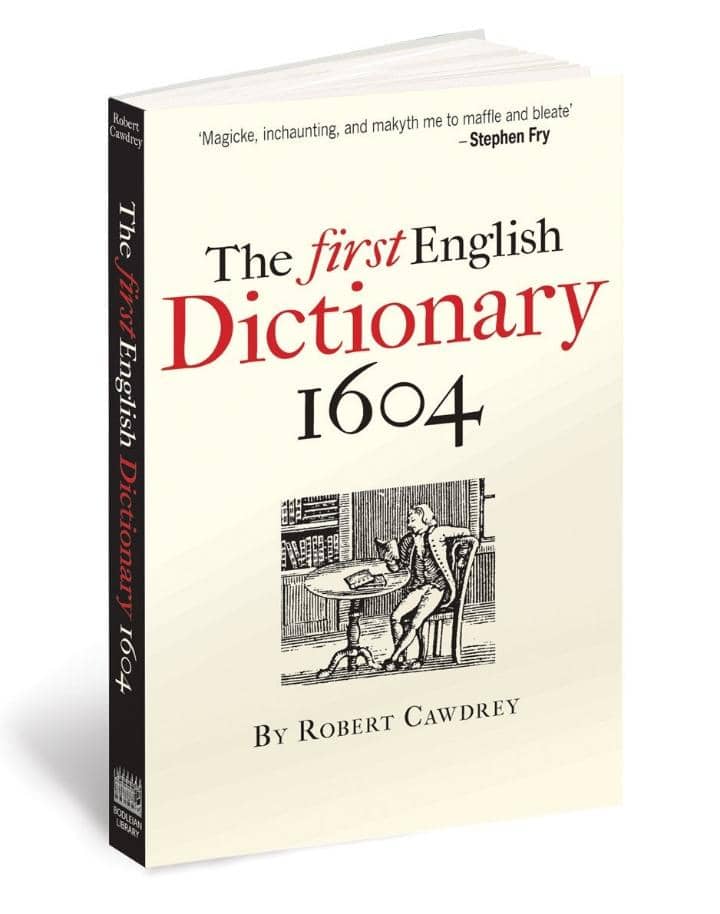The journey of the English dictionary began with Robert Cawdrey’s A Table Alphabeticall, published in 1604. This groundbreaking work is recognized as the first monolingual English dictionary, containing around 2,543 words. Cawdrey aimed to assist “unskillful persons” in understanding difficult terms borrowed from languages like Hebrew, Latin, and French.
His dictionary was not exhaustive but served as a guide for educated individuals navigating a rapidly evolving vocabulary during the Renaissance.
Cawdrey’s dictionary marked a significant departure from earlier bilingual dictionaries that primarily served scholars. His definitions were concise, often resembling synonyms, and provided insight into early modern life. For instance, he defined “geometrie” as “the art of measuring the earth,” showcasing the practical applications of language at that time.
This approach made the dictionary accessible to a broader audience, reflecting the linguistic challenges of an era rich in new ideas and words.
Following Cawdrey, several other dictionaries emerged, including John Bullokar’s English Expositor in 1616 and Elisha Coles’ English Dictionary. These works built on Cawdrey’s foundation but lacked the depth and organization that would later characterize more authoritative dictionaries.
It wasn’t until Samuel Johnson published A Dictionary of the English Language in 1755 that the standard for English lexicography was truly established.
Johnson’s dictionary was revolutionary, featuring over 40,000 words with detailed definitions, pronunciation guides, and illustrative quotations from notable authors. His systematic approach set a precedent for future lexicographers and transformed how dictionaries were perceived and utilized.
Unlike earlier works, Johnson’s dictionary provided not just definitions but also context for word usage, making it an invaluable resource.
While Robert Cawdrey’s A Table Alphabeticall was the first English dictionary, Samuel Johnson’s later work solidified the role of dictionaries in documenting the English language comprehensively.
Together, these contributions reflect the evolution of lexicography and highlight the importance of dictionaries in understanding language development over time.

